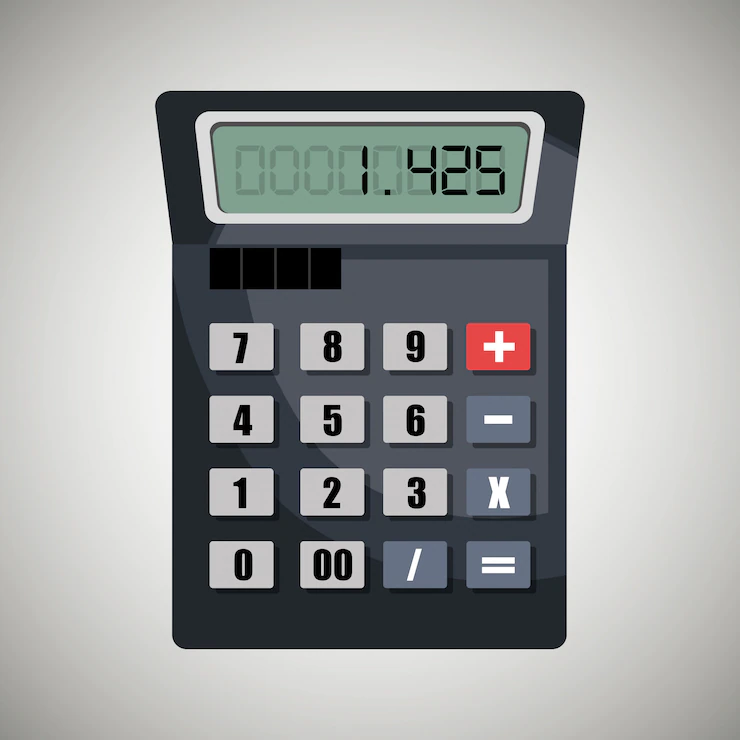Are you in pursuit of a reliable and disciplined savings strategy? If so, a Recurring Deposit (RD) might be your ticket to financial success. RDs are a secure and convenient way to save money while earning interest. This blog will demystify the RD calculator, an invaluable tool for optimizing your savings journey.
Table of Contents
Understanding Recurring Deposits (RDs)
A Recurring Deposit is a specialized savings account banks and financial institutions offer. Unlike regular savings accounts, where you deposit a lump sum upfront, an RD enables you to contribute a fixed amount at regular intervals, typically on a monthly basis. Over time, these periodic contributions accumulate and earn interest, helping you grow your savings systematically.
Steps to Use RD Calculator
Here are the steps to effectively use an RD calculator:
- Open the RD Calculator: Once you’ve located the RD calculator, click on it to open the tool. It will typically be labeled as an “RD Calculator” or “Recurring Deposit Calculator.”
- Enter the Principal Amount: The first field in the RD calculator usually requires you to input the “Principal Amount.” You plan to deposit this initial sum when you open your RD account. Type in this amount.
- Specify the Monthly Contribution: The next field will ask you to specify the “Monthly Contribution” or the fixed amount you intend to deposit into your RD account monthly. Enter this amount.
- Set the Tenure: Determine the duration or “Tenure” for which you want to maintain the RD account. You may have options ranging from a few months to several years. Choose the tenure that aligns with your savings goals by typing it in or selecting it from a dropdown menu.
- Input the Interest Rate: Enter the “Interest Rate” offered by your bank for RDs. This rate can vary from one bank to another and may change over time, so use the correct interest rate.
- Calculate: After entering all the crucial information, click the “Calculate” button or a similar button labeled “Compute” or “Get Results.” The RD calculator will process your data and provide you with the estimated maturity amount, including your contributions and the interest earned.
- Review the Results: Once the calculation is complete, the RD calculator will display the maturity amount you can expect to receive at the end of the specified tenure. This amount reflects the total value of your savings. Like a trading app, the RD calculator will update automatically with any changes to interest rates or contributions you make.
Benefits of RD Calculator
- Accurate Maturity Estimation: RD calculators provide precise estimates of the maturity amount you can expect to receive at the end of your chosen tenure.
- Savings Goal Planning: By inputting different values for principal amount, monthly contributions, tenure, and interest rates, you can experiment with various scenarios.
- Time-Saving: Calculating the maturity amount manually can be time-consuming and prone to errors.
- Interest Rate Comparison: You can easily compare the interest rates offered by multiple banks or financial institutions for RDs.
- Flexibility: RD calculators are versatile tools that allow you to adjust the principal amount, monthly contributions, tenure, and interest rate as needed.
- Visualization of Progress: RD calculators clearly show how your savings will grow over time.
Conclusion
The RD calculator is your key to achieving your savings goals precisely and confidently. By following the step-by-step approach, you can demystify the world of Recurring Deposits and pave your way to financial success.

